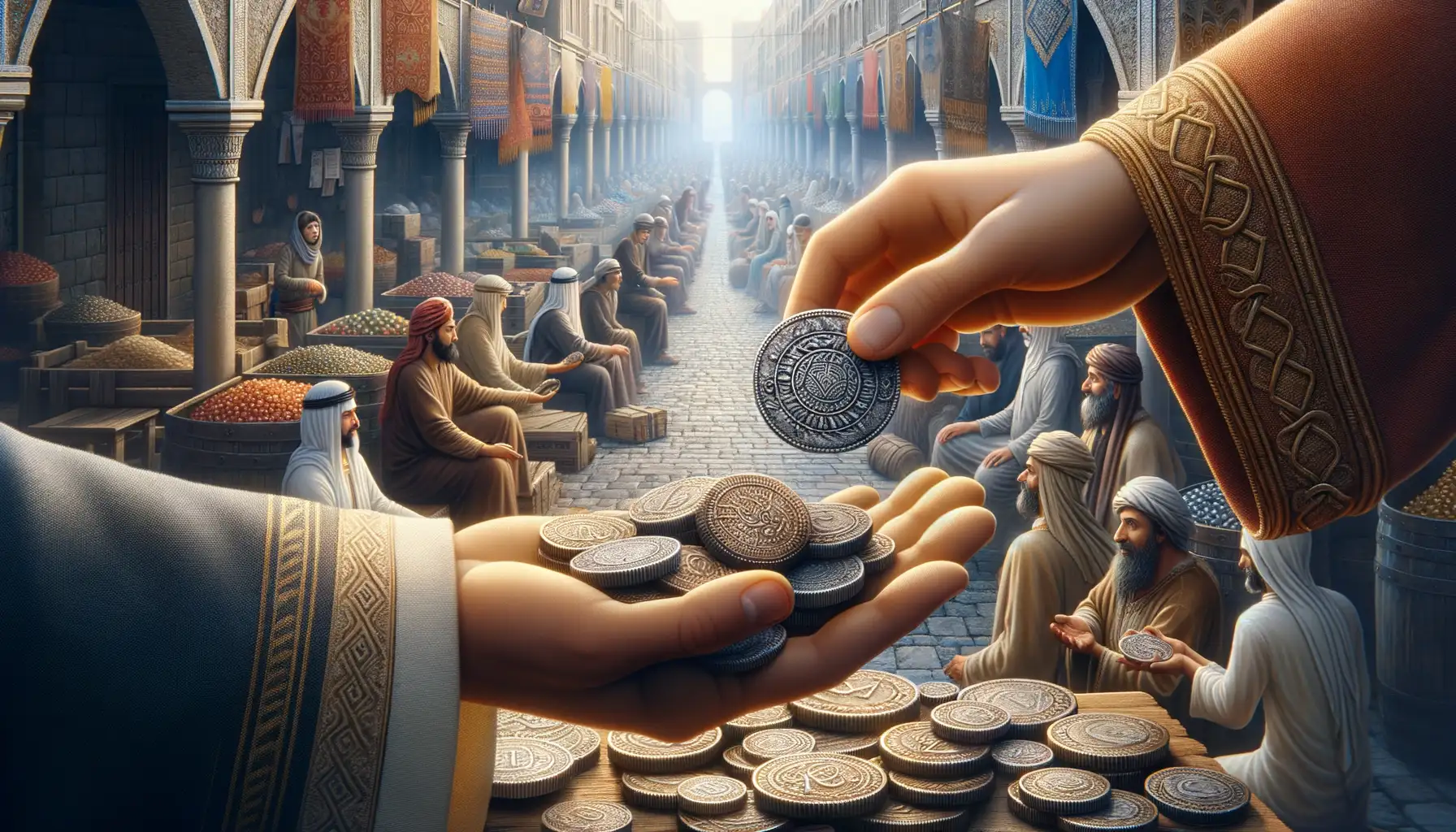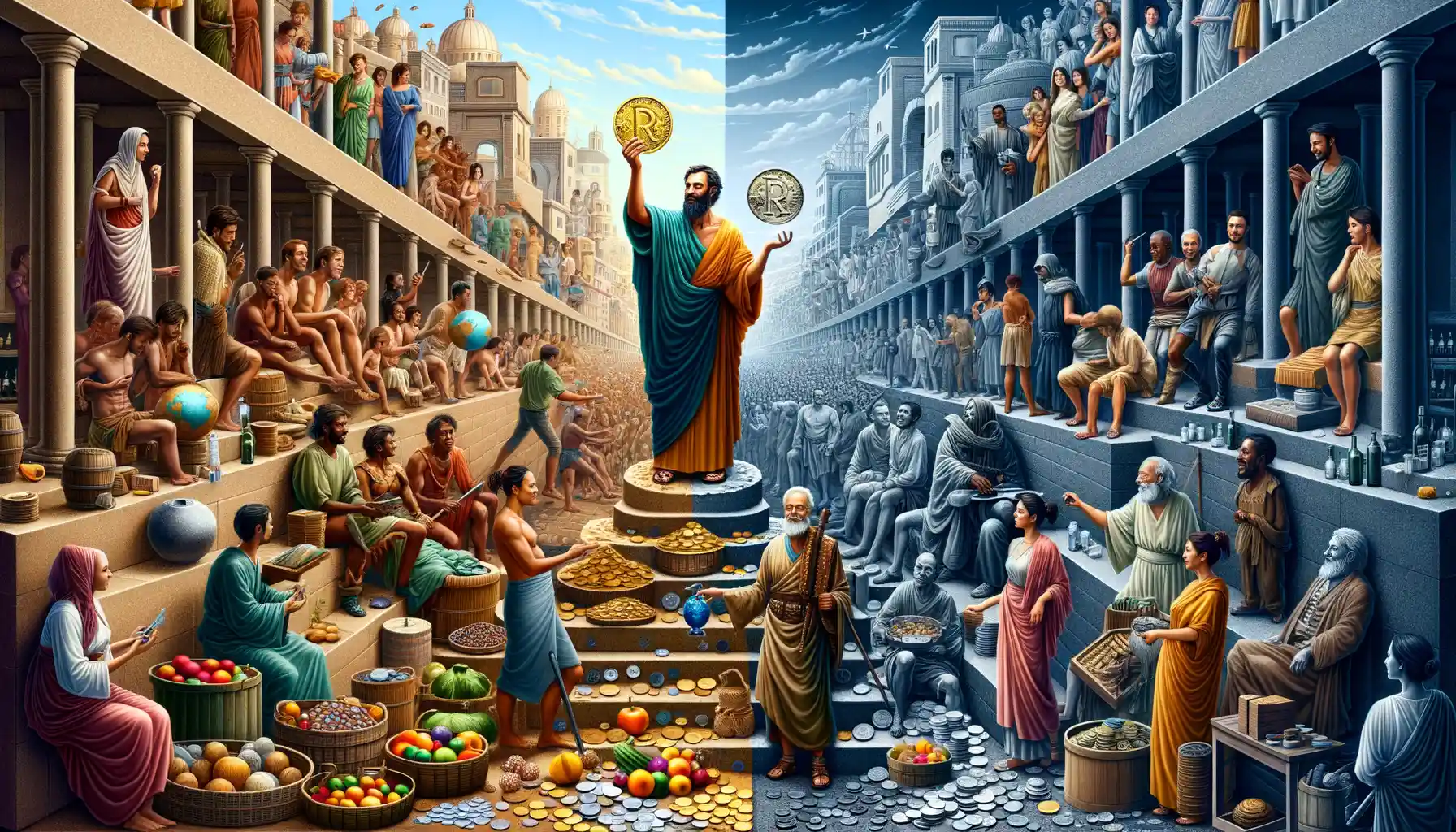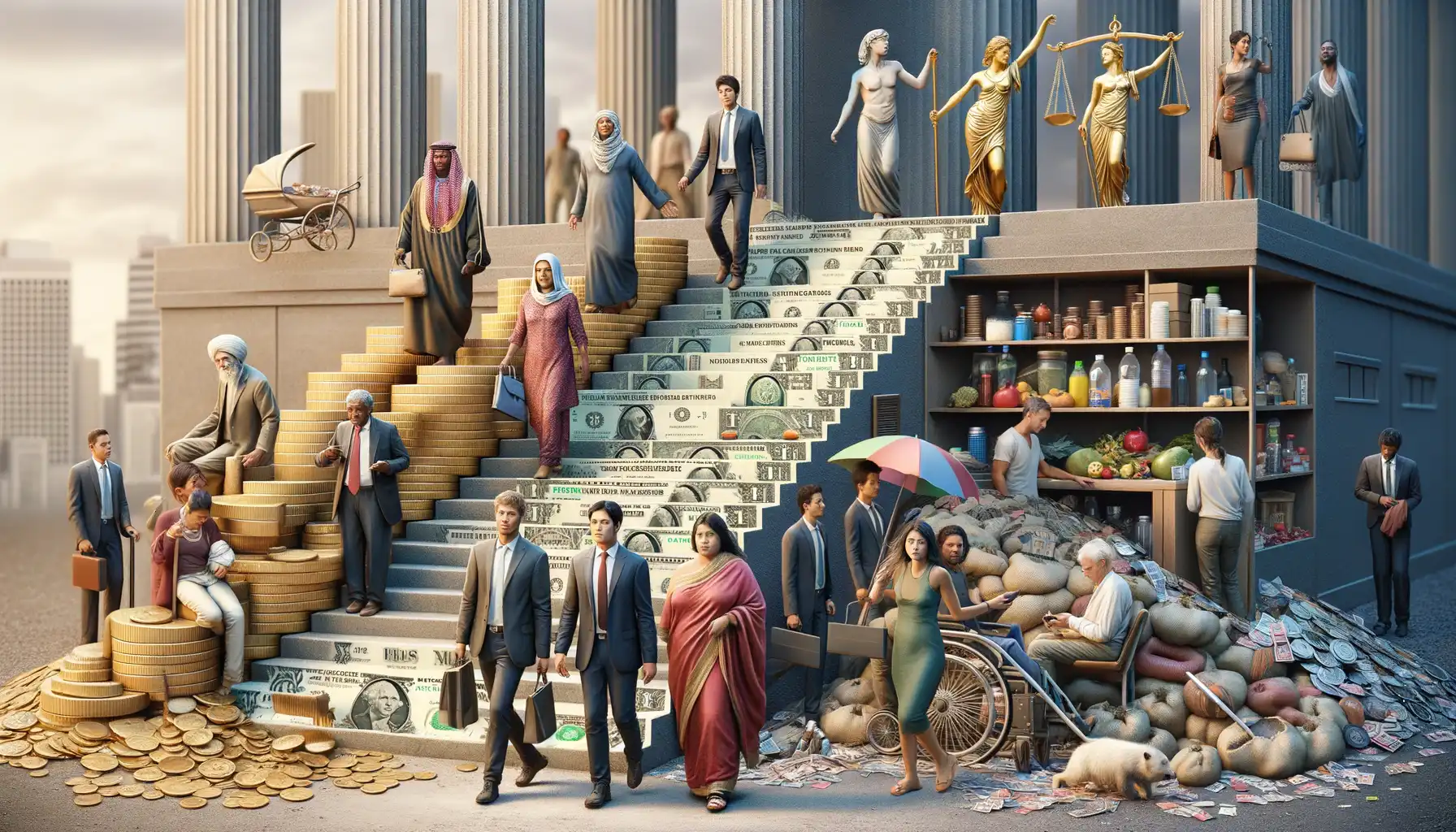Historical Development of Coinage
The Origins: From Bartering to Minted Metals
Picture this: a bustling ancient market where traders exchanged cows for grain or pottery for tools. Sounds chaotic, right? Enter coins—the shiny game-changer that brought simplicity and trust to transactions. The earliest coins are believed to have emerged in the ancient kingdom of Lydia (modern-day Turkey), around 600 BCE, crafted from a naturally occurring gold-silver alloy called electrum. These weren’t just chunks of metal; they bore intricate designs, often depicting rulers or symbols of power.
Coins solved a crucial problem: they were portable, durable, and—most importantly—standardized in value. This gave societies a shared language for trade. No more haggling over how many chickens equal one goat! Instead, coins became an emblem of progress, spreading their influence like wildfire.
How Different Civilizations Shaped Coinage
Across the globe, cultures put their own spin on coinage. Here’s a quick snapshot of innovation through the ages:
- China: Used cast bronze coins as early as 1000 BCE, often shaped like tiny knives or spades instead of circles.
- Ancient Greece: Developed intricate silver drachmas with gods and heroes etched into them, turning money into art.
- Rome: Standardized the use of coins across an empire, bringing the now-famous denarius into daily life.
Each coin tells a story—not just of trade, but of belief systems, technological breakthroughs, and the rise of mighty empires. Imagine holding one, feeling its weight and history. These weren’t just tools of commerce; they were markers of human ingenuity.
Role of Coinage in Trade and Commerce

Fueling Crossroads of Trade
Imagine a bustling marketplace centuries ago: merchants shouting, goods flowing, and deals sparking like flint. What made it all possible? Coins—small, gleaming tokens of trust that fueled the beating heart of trade. Before coinage, bartering felt like a clumsy dance. Can you picture haggling over how many fish equal one fine wool cloak? Chaos! But with coins, everything aligned. A silver drachma or shiny denarius gave value a universal language.
Coins didn’t just simplify trade; they unlocked boundless opportunities. They allowed caravans to trek through deserts, laden with spices and silk, knowing payment in gold coins would be accepted across cultures. Picture merchants exchanging linen for wine, navigating seas, and paying port taxes—all because their coins spoke the same unwavering truth: value.
The Hidden Strengths of Coinage
What’s often overlooked is how coins brought new precision to commerce:
- They introduced standard weight and purity, eliminating guesswork.
- They sped up transactions, keeping markets vibrant and seamless.
- They guarded against fraud—a stamped Caesar face was harder to forge than promises!
In short, coins were more than currency; they were the invisible gears turning the global trade machine.
Economic Transformations Caused by Coinage

The Dawn of Monetary Power
Picture a bustling marketplace thousands of years ago. Barter ruled: farmers traded grain for pottery, shepherds swapped wool for wine. But it wasn’t always smooth—you couldn’t break half a goat to get smaller change! Enter coinage: gleaming discs of metal that revolutionized not just trade, but entire economies. **Coinage wasn’t just convenience; it was power molded into metal.**
With coins, economies could scale like never before. Empires like Lydia and Rome discovered how minted money could fund armies, expand territories, and fuel innovation. Suddenly, value wasn’t tied to cumbersome goods; it was stamped on silver, gold, or bronze, easy to transport and universally understood. This shift unleashed a domino effect of transformation.
- Specialization flourished as people no longer needed to produce everything they consumed.
- Taxes became systematic, paving the way for public infrastructure projects like roads and aqueducts.
- International trade boomed—Greek coins, for example, were the Bitcoin of their day, widely accepted far beyond Greek borders.
A Catalyst for Banking and Credit Systems
Coins didn’t just settle transactions; they sparked financial ingenuity. Take ancient Athens, where citizens began depositing their coin hoards in temples for safekeeping. Over time, these sacred spaces evolved into the earliest forms of banks. **Coinage birthed trust in systems larger than personal relationships**, laying the groundwork for loans, credit, and eventually, today’s global financial networks.
What’s more, standardizing currency made record-keeping simpler. Imagine merchants tallying transactions with Roman denarii—no more mental math or guesswork. This precision built confidence and turbocharged commerce, injecting economic lifeblood into empires that thrived for centuries.
Societal Impacts of Monetary Systems

The Ripple Effects on Social Structures
The introduction of coinage didn’t just tinker with trade—it flipped entire societies on their heads. Picture this: the shimmering clink of a coin determines not just what you can buy, but how you’re perceived by others. With the birth of monetary systems, wealth became measurable, tangible, and powerfully symbolic. It was no longer just land or livestock that defined status. Now, a single shiny coin could elevate someone from obscurity to influence—or strip power away just as easily.
Consider how ancient rulers stamped their faces onto coins, sending a clear message: “This is my world, and I hold the reins.” That little disc of copper or gold wasn’t just currency; it was propaganda, a tool of identity, a social divider. Over centuries, the gap between rich and poor stretched wider because money—convenient but ruthless—made disparities visible to everyone.
Coins built bridges but also walls, promising possibility for some while turning others into outsiders. Societies were never the same again.
Future Perspectives on Coinage and Economics

The Currency Revolution: Are We Ready?
The world of coinage and economics is dazzlingly dynamic, isn’t it? As we stand on the edge of a financial evolution, it’s impossible not to wonder: where are we headed? Coins jingling in your pocket may feel nostalgic, but their role is rapidly shifting. With the rise of cryptocurrencies, contactless payments, and digital wallets, physical coins are increasingly becoming artifacts of a bygone era.
Imagine this—your morning coffee paid for via your wearable device, the barista smiling as a transaction happens in seconds, all without a single piece of metal exchanging hands. While this convenience seems magical, fewer coins mean a change in how wealth feels. We’re moving from something tangible to invisible, almost like chasing shadows in a digital playground.
- Blockchains are rewriting trust in transactions, replacing centuries-old physical exchanges.
- AI-driven systems are even predicting your purchase behaviors, adjusting pricing dynamically.
What Will “Value” Mean Tomorrow?
But here’s the twist: will the concept of “value” itself evolve? Today, coins symbolize worth—a neat package of silver, nickel, or copper. Yet, in the future, value might not be tied to material things at all. Consider the explosion of non-fungible tokens (NFTs), owning an artwork or a song that exists only in the virtual world.
Fascinating, isn’t it, how we may soon assign value to things as fleeting as a digital moment or the attention economy of social media? Will we measure wealth by likes, data, or even personal influence? One thing’s for sure; the road ahead isn’t paved with coins but glittering with unexplored possibilities.